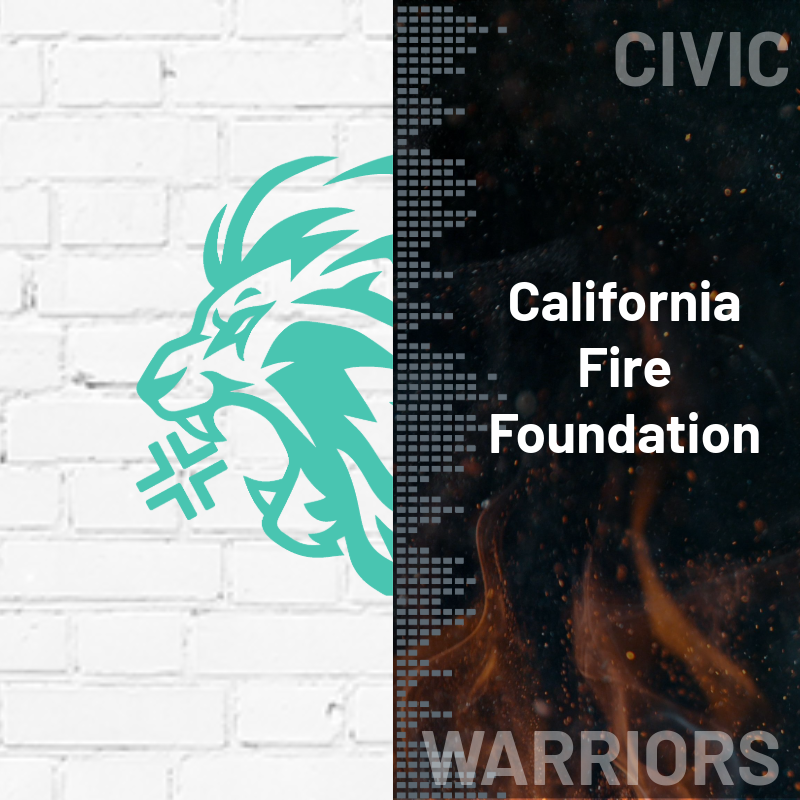Uniformed Guidance revised some of the requirements for pass-through entities regarding monitoring activities and subaward requirements.
Let’s start with a few key definitions:
- Pass-through Entity (PTE) – A non-federal entity that provides a subaward to a subrecipient to carry out part of a federal program.
- Subaward – An award provided by a PTE to a subrecipient for the subrecipient to carry out part of a federal award received by the PTE. It includes payments to a contractor/vendor or payments to an individual that is the beneficiary of a federal program. A subaward may be provided through any form of legal agreement, including an agreement that the PTE considers a contract.
- Subrecipient – A non-federal entity that receives a subaward from a PTE to carry out part of a federal program. It does not include an individual that is the beneficiary of the federal program.
In order to determine if subrecipient monitoring is necessary, the PTE must determine if the agreement it makes for the disbursement of federal program funds put the party receiving the funds in the role of a subrecipient or a contactor. The rules for this determination basically remained unchanged by Uniformed Guidance and can be found in section 200.331. Once the PTE has made the determination that the disbursements of the funds will be made as a subrecipient, the following requirements would apply:
The Pass-through Entity must:
1) Ensure that every subaward is clearly identified to the subrecipient as a subaward
2) Provide a subaward agreement with all pertinent information and requirements, at the time the subaward is granted, such as:
- The federal award identification
- List of requirements imposed by the PTE
- Any additional requirements that the PTE imposed in order to meet its own responsibility to the federal awarding agency including identification of any required financial or performance reports
- Any approved federally recognized indirect cost rate
- A requirement that the subrecipients permit the PTE and auditors to have access to the records
- Appropriate terms and conditions concerning the closeout of the subaward
3) Perform a risk assessment – evaluate each subrecipient’s risk of noncompliance with federal status, regulations and the terms and conditions of the subaward for the purpose of determining the appropriate subrecipient monitoring. Best practice would be to have this done annually and would include the consideration of items such as the subrecipient’s prior experience with the subaward; results of prior audits; and new personnel at the subrecipient.
4) Verify the subrecipient is audited as required by subpart F of Uniform Guidance.
5) Monitor the activities of the subrecipient based upon risk assessment:
Required subrecipient monitoring activities:
- Review financial and programmatic reports
- Follow-up and ensure that the subrecipient takes timely and appropriate action on all deficiencies pertaining to the federal award
- Issue management decisions for audit findings pertaining to the federal award
Other potential monitoring tools:
- Provide training and technical assistance
- Perform on-site reviews of program operations
- Arrange for agreed upon procedures engagements that meet certain requirements, including that they are conducted in accordance with GAGAS attestation standards
The PTE should develop monitoring best practice which should be tailored for each subaward based on their risk assessment of the subrecipient. Monitoring procedures should be documented in writing. A best practice would be to evaluate annually when the risk assessment is updated.
6) Consider whether the results of subrecipient audits, on site reviews or other monitoring activities indicate conditions that require adjustments to the PTE’s own records.
7) Consider taking enforcement action for noncompliance by subrecipient.
8) Finally, the PTE should complete all closeout actions for federal awards no later than one year after receipt and acceptance of all required final reports.
here to assist your organization in determining that you are complying with all of the requirements as a pass-through entity.
Not-For-Profit Services



